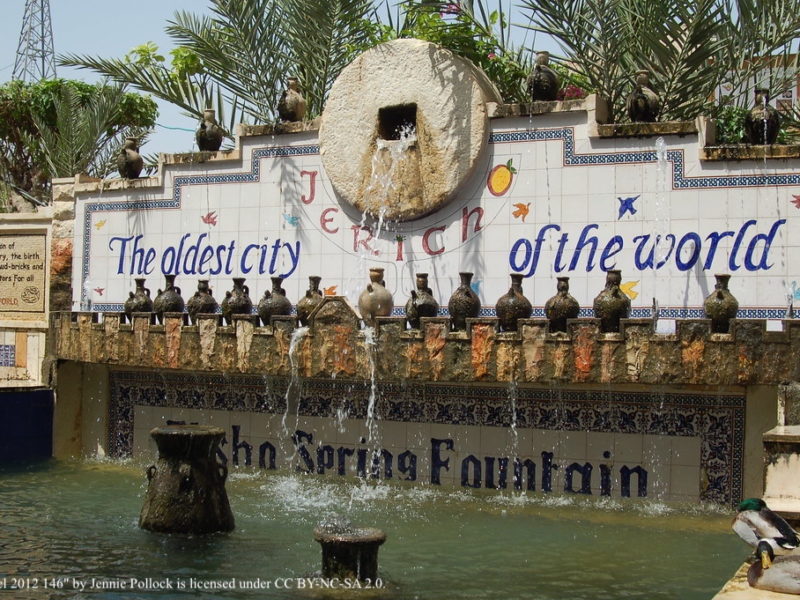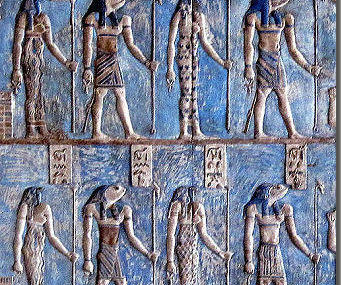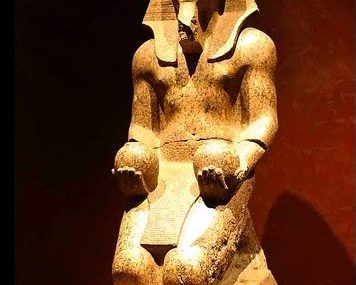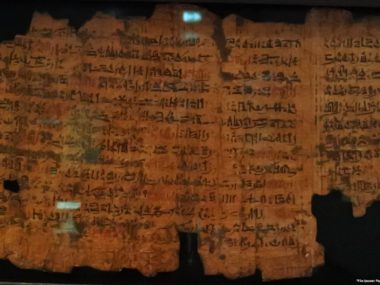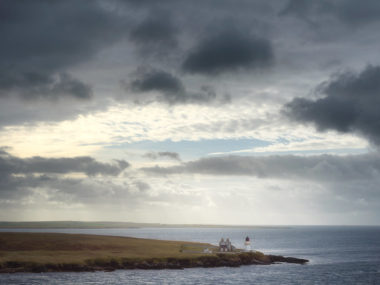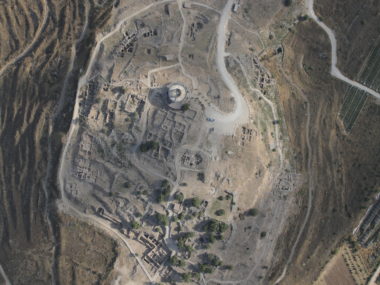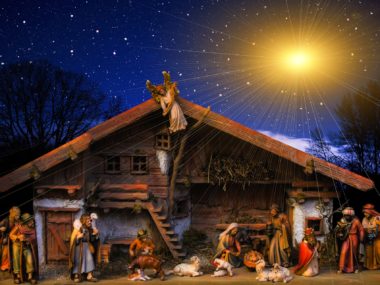If you grew up attending Sunday School, you probably know that “Joshua fought the battle of Jericho, and the walls came tumbling down!” Perhaps if you have read the Bible carefully, you know that Jericho was rebuilt in the time of Ahab and that Elijah visited the city shortly before he ascended into heaven. Jericho also figured into the Gospels’ account of Jesus’ life and ministry. But, the city of Jericho existed long before and after its appearances in the Bible.
The views expressed in this article reflect those of the author, and not necessarily those of New Creation.
The Neolithic Period
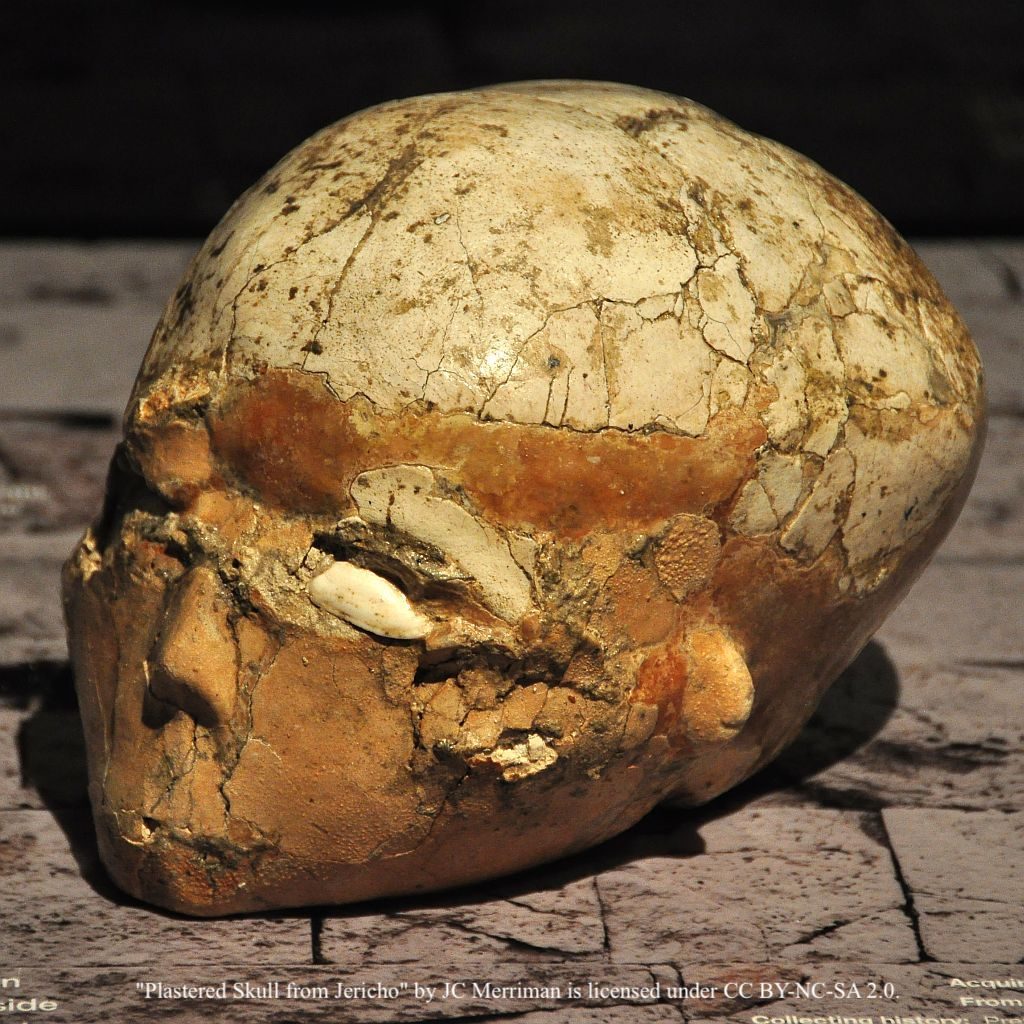
Ever since archaeological excavations revealed structures dating back to early in the Neolithic period, the ancient city of Jericho has claimed the title of “The World’s Oldest City.” Today, it shares the title with several other cities, which are now known to date to the same period.1 Conventional dates place the founding of Jericho at around 10,000 BC in the Pre-Pottery Neolithic (PPN) A period. A proposed revised chronology places the beginning of the Neolithic period in 3298 BC. The ample water supplied by Ein es-Sultan, the spring at Jericho, made this an ideal place for a city.
The PPN architecture at Jericho was surprisingly well-developed with solid, straight walls and uniform floor-plans. A solid fortification wall surrounded the city.2 The urban planning that was evident in the structures at Jericho countered the prevailing idea that the Neolithic period, being very early, should therefore be very primitive. Several figurines and plaster masks attest to early religious practices at Jericho.3
The First Half of the Bronze Age
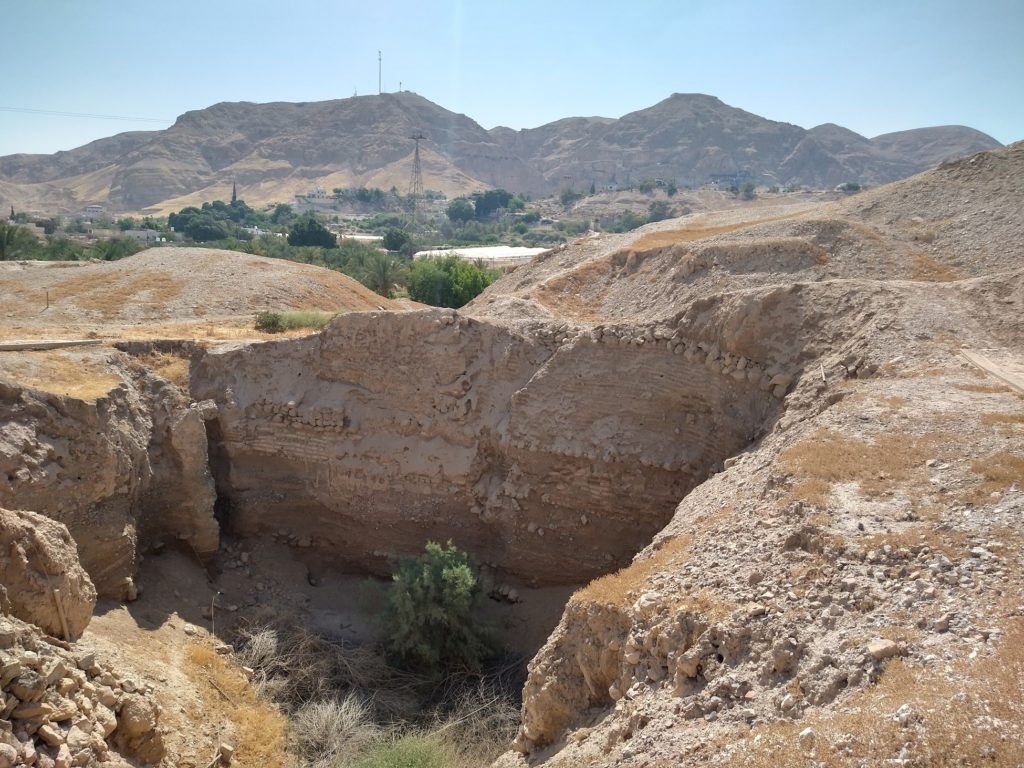
Occupation continued at Jericho into the Bronze Age. In the Early Bronze Age, a rural village gradually grew into a city featuring impressive fortifications. The Early Bronze Age site ended with a massive destruction.4 Following the destruction, the city probably lay unoccupied for a while, although there may have been some occupation by squatters. In the Intermediate Bronze Age, occupation of the site resumed, but it was only a small village. The site again suffered destruction, this time probably by an earthquake and fire. Some resettlement occurred in the Middle Bronze Age I, and the site gradually grew into a city once more.5
The Second Half of the Bronze Age
In the Middle Bronze Age II, Jericho again became a strongly fortified city. A stone retaining wall encircled the artificially-raised city, protecting it against attacks by enemy battering rams. Above the retaining wall, a sturdy mudbrick wall rose over 20 feet into the air.6
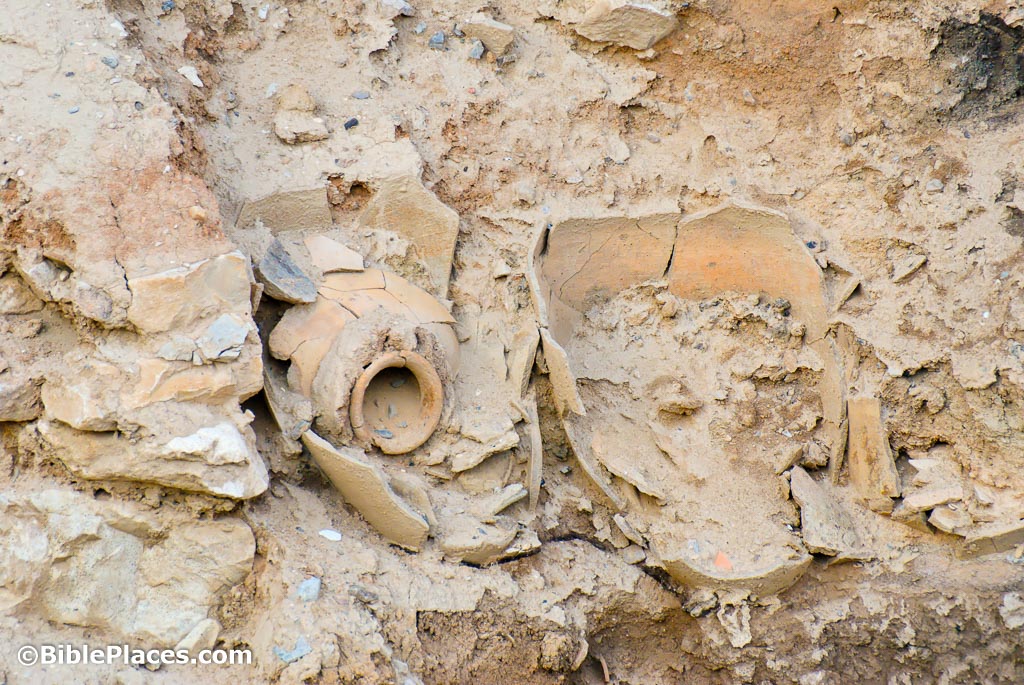
Eventually, the Middle Bronze Age II city suffered a fiery destruction that left a lasting impact on the archaeological record. Kathleen Kenyon, who excavated at Jericho in the 1950s, found a destruction layer a meter deep. It contained the remains of scorched walls and floors and rows of jars full of carbonized grain.7 The dating of this destruction layer has been a topic of much debate. John Garstang, who excavated at Jericho in the 1930s equated it with Joshua and the Israelites’ conquest of Jericho around 1400 BC, a view upheld by Bryant Wood.8 Kathleen Kenyon, on the other hand, was firmly convinced that the destruction occurred significantly earlier, in 1580 BC. A separate article on the destruction of Jericho is forthcoming.
The Iron Age
After the destruction of Jericho, the city likely lay abandoned for some time. Towards the end of the Late Bronze Age or the beginning of the Iron Age, a small settlement sprang up. This may represent the dwelling of Eglon, king of Moab mentioned in Judges 3:12–26.9 The site experienced some occupation in the early Iron Age. However, was not until the 10th or 9th century BC that Jericho finally began growing into a sizable city again. According to 1 Kings 16:34, Hiel of Bethel rebuilt Jericho during the days of Ahab, king of Israel (9th century BC). This was likely the first time that Jericho became a fortified city again after its destruction by Joshua. This phase of occupation flourished at Jericho until the Babylonian conquest in 586 BC.
The Hellenistic and Roman Periods
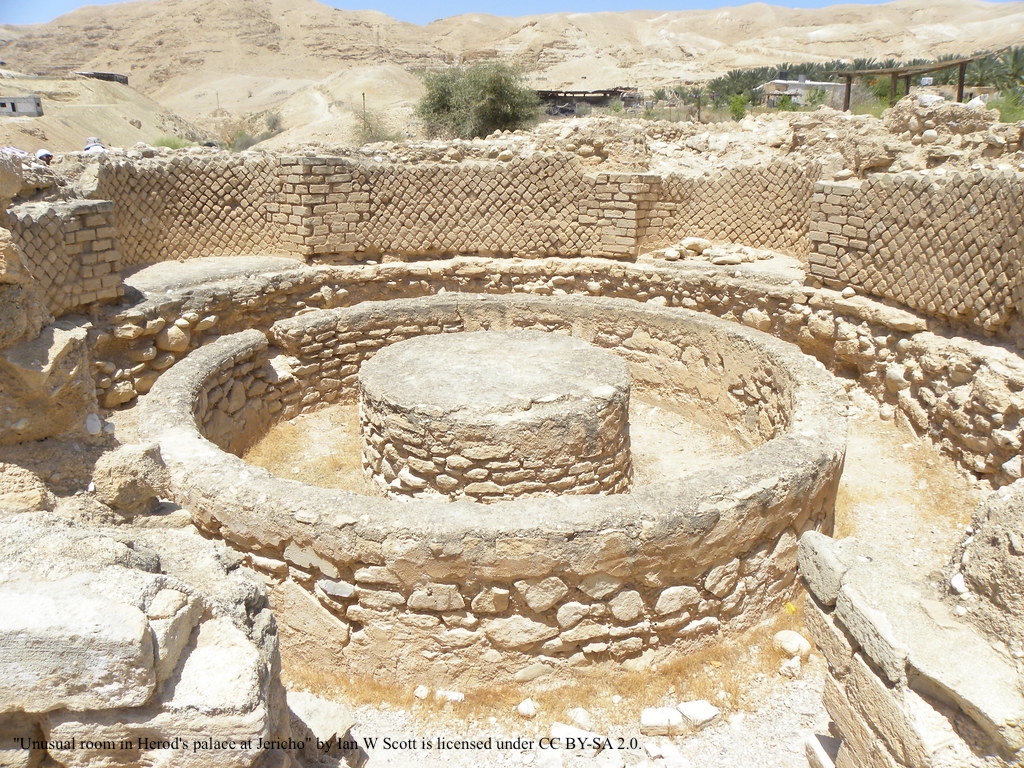
Jericho lay abandoned or only minimally inhabited for the next few centuries. The site of ancient Jericho was never re-inhabited. However, in the second century BC, John Hyrcanus I, a Hasmonean ruler, built a palace near the ancient ruins. This is a good example of how, over time, a city name can move from one site to another nearby site.
Herod the Great later built a magnificent palace at the same location as Hyrcanus’ palace. Herod’s palace featured swimming pools, a race track, and a theater.10 Very little archaeological evidence for a Roman period city of Jericho has come to light so far. However, the city appears in the writings of various authors from that period including Josephus and the gospel writers Matthew and Luke. Further excavations will likely reveal remains of the city from this period.
By the Late Roman period, the size of Jericho dwindled until it was nothing more than a military garrison.
The Byzantine Period and Later
In the Byzantine period, the city of Jericho moved yet again. It still remained in the general vicinity of both Old Testament Jericho and New Testament Jericho. Several churches and monasteries sprang up, and Christian pilgrims regularly visited the site. The city continued to flourish through the Islamic period, although it temporarily lay abandoned after an earthquake destroyed it in AD 659. At times in recent centuries, Jericho dwindled to little more than a village, yet it continued to see occupation throughout modern history.
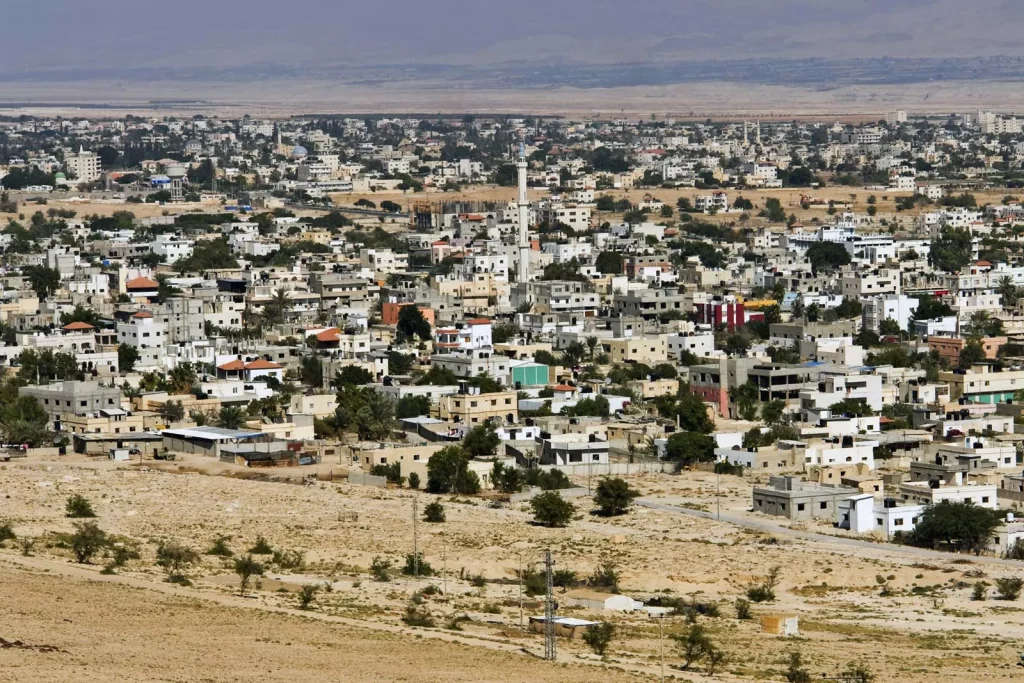
Today, Jericho is still centered on the Byzantine location of the city. It has a population of 20,000. The city has grown and now surrounds the ancient site of Old Testament Jericho, which is a tourist site. Local teenagers sometimes ride dirt bikes on the unexcavated portions of the archaeological site. New Testament Jericho lies on the outskirts of modern Jericho, and farmers plant their fields where the city once stood.
Jericho, the City of Palms
Although there have been a few occupation gaps in the history of Jericho, people continuously returned to that site to rebuild and occupy it. It is likely that Jericho has experienced more cumulative years of occupation than any other city in the word.
The reason for this, despite the hot, arid climate, is that Jericho has a spring that produces large quantities of good water year round. Jericho’s nickname, the City of Palms, reflects the palm trees that grow by the city, well watered by the spring. Today, a pumphouse surrounds the spring, piping water to the houses of modern Jericho.
“O that men would give thanks to the Lord for His goodness, and for His wonderful works to the children of men!… He turns a wilderness into pools of water, and dry land into watersprings. There He makes the hungry dwell, that they may establish a city for a dwelling place.”
Psalm 107:31, 35–36
Footnotes
- Belfer-Cohen, and Anna and Nigel Goring-Norris. 2010. “The Initial Neolithic in the Near East: Why it is so Difficult to Deal with the PPNA…” Journal of the Israel Prehistoric Society 40, 1–18. ↩︎
- Kenyon, Kathleen M. 1954. “Excavations at Jericho.” Journal of the Royal Anthropological Institute of Great Britain and Ireland 84:1–2, 103–110. ↩︎
- Kenyon, 1954, 103–110. (Footnote 2) ↩︎
- Nigro, Lorenzo, Lucio Calcagnile, Jehad Yasin, Elisabetta Gallo, and Gianluca Quarta. 2019. “Jericho and the Chronology of Palestine in the Early Bronze Age: A Radiometric Reassessment.” Radiocarbon 61:1, 211–241. ↩︎
- Prag, Kay. 1986. “The Intermediate Early Bronze-Middle Bronze Age Sequences at Jericho and Tel Iktanu Reviewed.” Bulletin of the American Schools of Oriental Research 264, 61–72. ↩︎
- Wood, Bryant. 1999. “The Walls of Jericho: Archaeology Confirms: They Really Did Come A-tumblin’ Down.” Creation 21:2, 36–40. ↩︎
- Kenyon, Kathleen. 1960. Archaeology in the Holy Land. London: Earnest Benn Limited. ↩︎
- Wood, Bryant. 2009. “Researching Jericho.” Bible and Spade 22:3. ↩︎
- Tushingham, A. Douglas. 1953. “Excavations at Old Testament Jericho.” The Biblical Archaeologist 16:3, 45–67. ↩︎
- Jacobs, Paul F. 2000. “Jericho.” In Eerdman’s Dictionary of the Bible, edited by David Noel Freedman, 691. Grand Rapids: Eerdman’s Publishing Company. ↩︎

